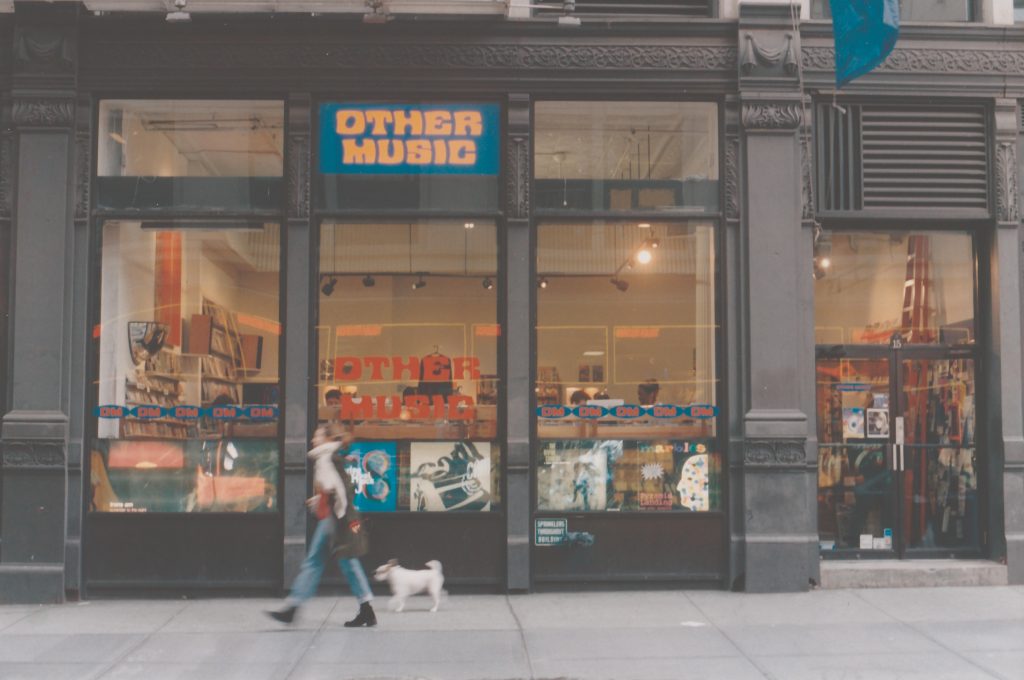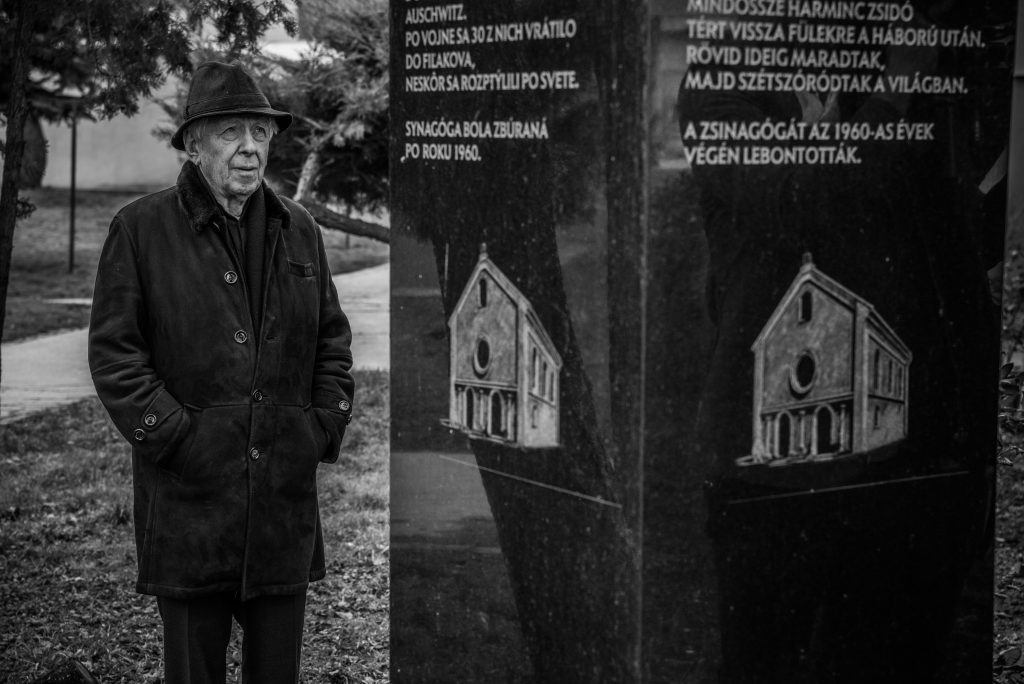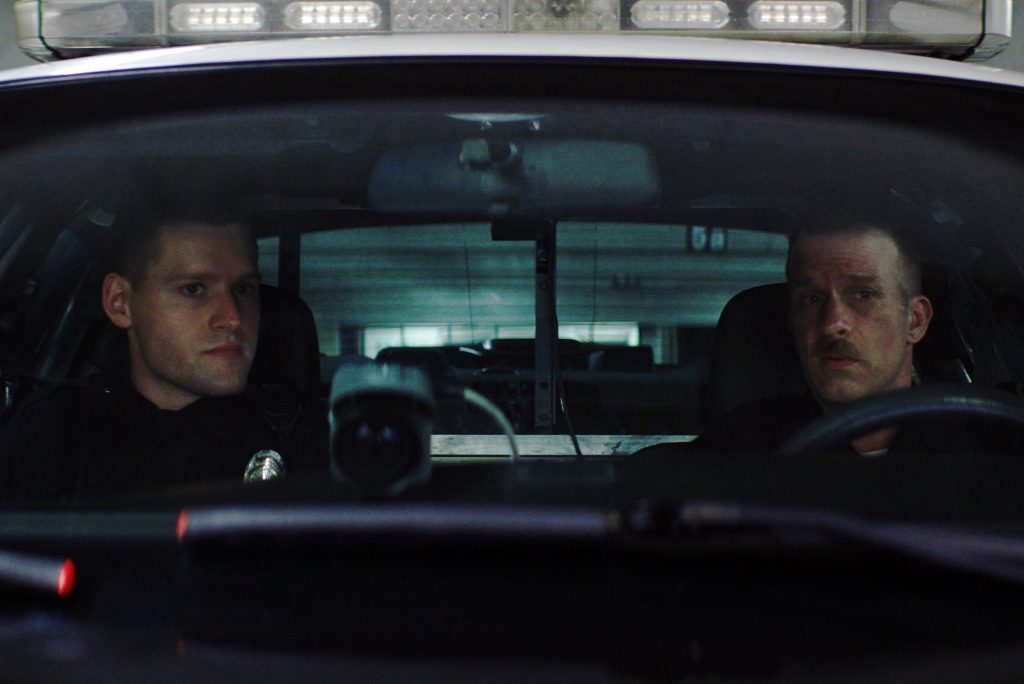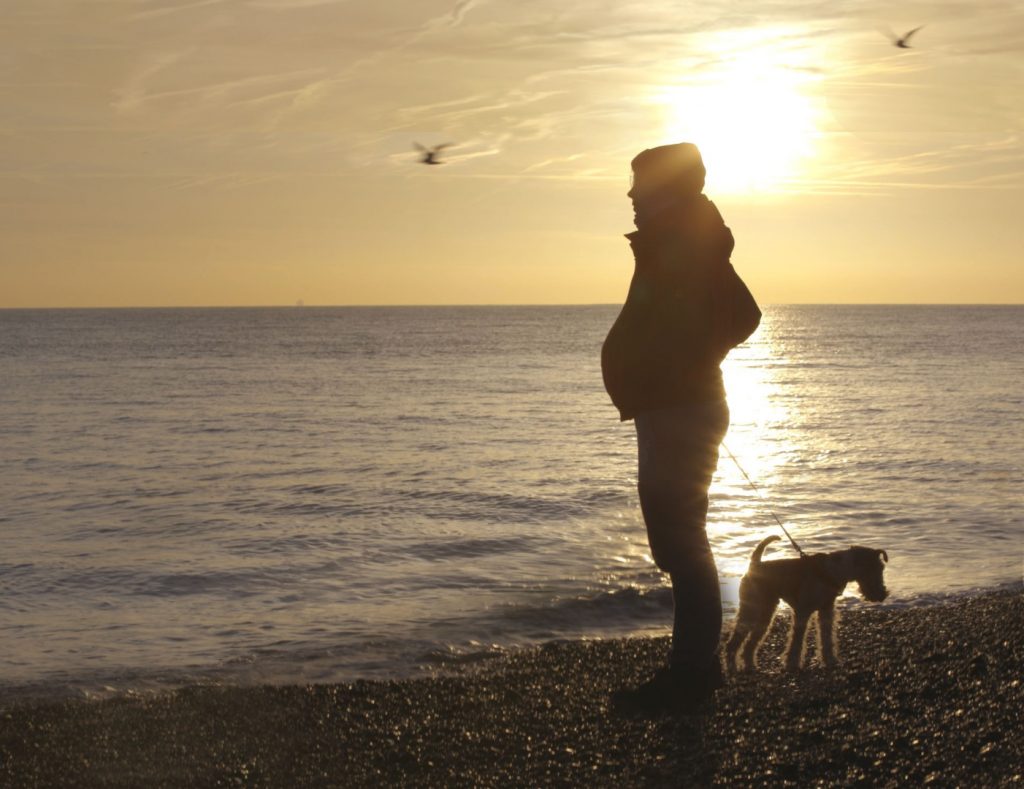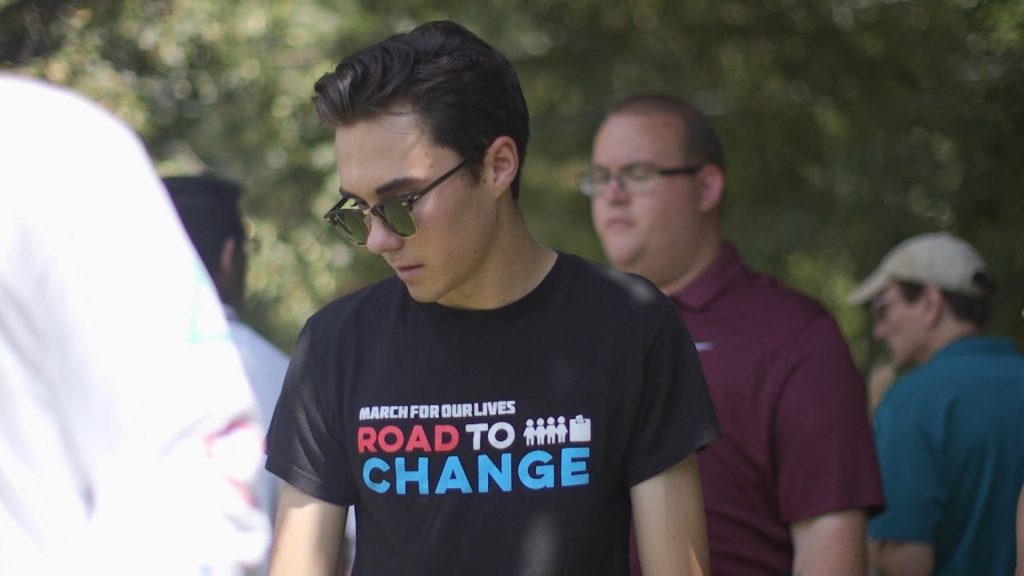May 5, 2019
by Carla Hay
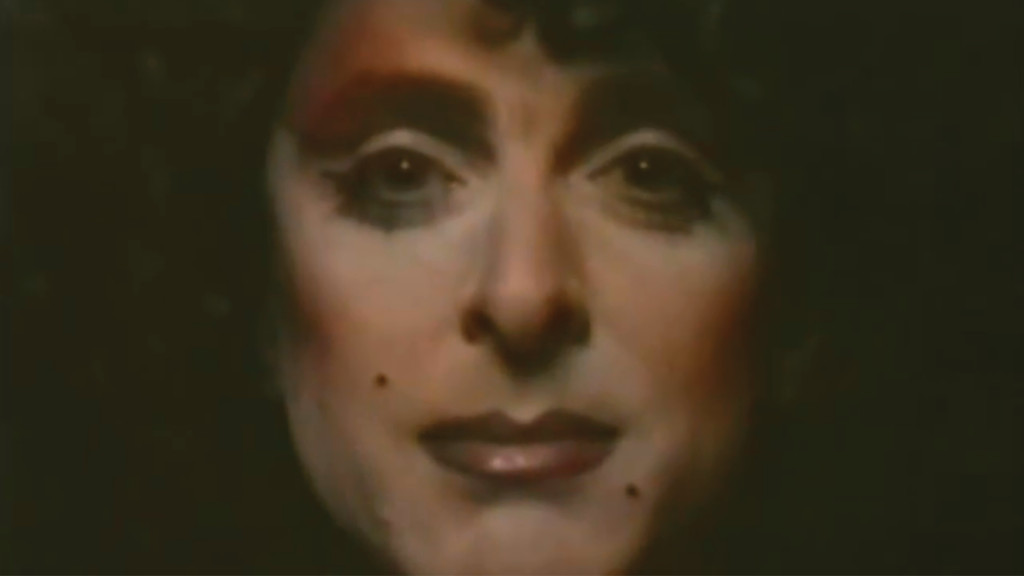
Directed by Chris Moukarbel
World premiere at the Tribeca Film Festival in New York City on May 4, 2019.
The documentary “Wig” is a joyous and sassy love letter to Wigstock (the annual drag festival in New York City) and New York City’s drag culture. The movie comes 24 years after the 1995 documentary “Wigstock: The Movie,” which chronicled the 1994 Wigstock event. Unlike “Wigstock: The Movie,” which was essentially a concert film, “Wig” takes a deeper dive into the history of Wigstock and its underrated impact on pop culture.
Wigstock was launched in 1984 by Lady Bunny, and its first incarnation ran until 2001. The festival was revived in 2018 by Lady Bunny and Neil Patrick Harris. (Harris and his husband, David Burtka, are two of the producers of “Wig,” which had its world premiere as part of the Tribeca Film Festival’s inaugural Tribeca Celebrates Pride, an entire day of LGBTQ-themed programming. Lady Bunny performed after the film’s premiere.)
A lot has changed since Wigstock went on hiatus in 2001. RuPaul, who was one of Wigstock’s original stars, has become an entertainment mogul, as the host/showrunner of the Emmy-winning drag contest “RuPaul’s Drag Race” and the founder of RuPaul’s DragCon event, which currently has annual editions in Los Angeles and New York City. The rise of RuPaul and drag culture is a direct result of LGBTQ culture overall becoming much more visible in the 21st century, with more LGBTQ characters and reality stars on screen; the launch of LGBTQ TV networks, such as Logo and Here; and more LGBTQ celebrities living their lives openly. That visibility and growing public support for LGBTQ rights also had an impact on the U.S. Supreme Court’s 2015 decision to make marriage equality legal for same-sex couples.
In its own unique way, Wigstock has been part of this movement. It’s important to bring up this historical context because “Wig” would have been a very different movie if it had been made in the 1990s. “Wig” director Chris Moukarbel (who directed Lady Gaga’s 2017 Netflix documentary “Gaga: Five Foot Two”) skillfully rises to the challenge of presenting the history of Wigstock in a cohesive, entertaining style that a wide variety of people can relate to and enjoy.
“Wig” includes some prophetic archival footage from the early 1990s showing RuPaul having a bathroom conversation with British filmmaker Fenton Bailey, who asks RuPaul if drag queens will be popular in America. Fast forward decades later, and Bailey’s World of Wonder production company (which he co-founded in 1991 with fellow filmmaker Randy Barbato) is producing the “Drag Race” franchise, drag queen Big Freedia’s self-titled reality series and numerous other film, TV and digital projects. RuPaul is seen frequently throughout the “Wig” movie, including RuPaul’s early club days at New York City’s Pyramid Club (which was a vital part of the city’s drag scene that birthed Wigstock), to directing an impromptu home photo session with fellow drag queen Nelson Sullivan in the late ‘80s or early ‘90s, to on-stage appearances at Wigstock throughout the years.
In “Wig,” many of the drag queens comment on the mainstreaming of drag culture, compared to the early years of Wigstock. Although many of the queens appreciate that drag culture has become more accepted and has become a more viable way to make a living, some of the queens express some wistful nostalgia for the days when the community was much smaller and more tight-knit.
Drag queen Linda Simpson says that “’Drag Race’ was groundbreaking,” but the flip side is that drag culture was “more fun” when it was less mainstream. Simpson adds, “Now, drag is all about de-mystifying drag. It takes away from the insider-y feel that we had before.”
Flotilla DeBarge comments, “There are too many people right now who want to be drag queens, but they don’t know what it’s about,” adding that doing drag should be about passion, not money. “Anybody can do drag, but what kind of drag queen do you want to be?” As drag queen Naomi Smalls puts it: “RuPaul paved the way for me, but who the fuck paved the way for Ru? I love that drag is being normalized.”
For many drag queens, validation outside the drag community is the ultimate sign of success. Willam Belli, also known as drag queen Willam (a former “Drag Race” contestant who landed a cameo in the 2018 remake of “A Star Is Born”), hilariously tells a story about surprising a male intruder who had broken into Willam’s home, and the intruder backed away and called her “ma’am.” Willam laughs when remembering how the intruder acknowledged her as a woman: “I passed!”
Some of the Wigstock devotees also talk about their early influences. Charlene Incarnate says that most of her gay role models were closeted dads in her church. Harris said that drag culture appeals to him as a magician. As drag queen Tabboo! says in the film, “Wigstock was revolutionary because it kickstarted the ‘Come out, come out, wherever you are.’”
Lady Bunny adds, “We were putting something special out there in New York because this was the time of AIDS.” The AIDS crisis and its impact on the LGBTQ community is given a respectful amount of acknowledgement in “Wig,” which includes some heartbreaking testimonials of people who have lost friends and loved ones to the deadly disease.
Hate crimes against drag queens and others in the LGBTQ community are also mentioned in “Wig.” Jeremy Extravagance talks about his longtime friendship with singer/drag queen Kevin Aviance, who was the survivor of a vicious beating in 2006, outside of a gay bar in Manhattan. Aviance, who is interviewed and has some of the movie’s best scenes, describes his attack as, “I never felt so much hate in my life from someone I never met.” He says of being a hate-crime survivor: “Drag is my silver lining.”
As one commentator puts it: “Drag is hyper-femininity in response to aggressive masculinity.” If that’s the case, then Wigstock is the ultimate on-stage clapback. The heart of the movie is still about the thrill and the spectacle of performing at Wigstock, with Lady Bunny as the event’s founding mother. Blondie lead singer Debbie Harry, a previous Wigstock performer, says cheekily of Lady Bunny: “The thing that annoys me about Bunny is that she flirts like crazy…and nothing happened [between us].”
If there’s any one person who’s portrayed as a chief villain in “Wig,” it’s Rudy Giuliani, who was mayor of New York City from 1993 to 2001. (He is not interviewed in the movie.) Giuliani’s crackdown of the city’s nightclubs resulted in numerous closures that directly affected gay nightlife and drag culture. It’s perhaps no coincidence that Wigstock went out of business when Giuliani was in office.
The movie culminates with a dazzling array of footage from Wigstock’s spectacular comeback in 2018, including appearances from Lady Bunny, Bianca Del Rio, Aviance, Ladies of Lips, Amanda Lepore and Harris in full costume from his Tony-winning “Hedwig and the Angry Inch” drag role. If people still don’t understand what drag culture is about, one “Wig” commentator says it best in the movie: “Drag is about putting on the outside what you feel on the inside.”
HBO will premiere “Wig” on June 18, 2019.

